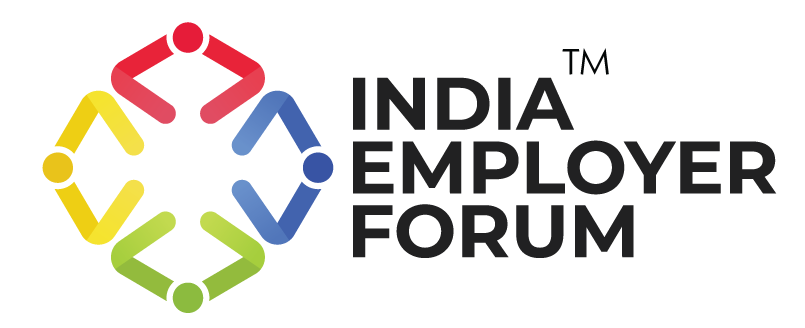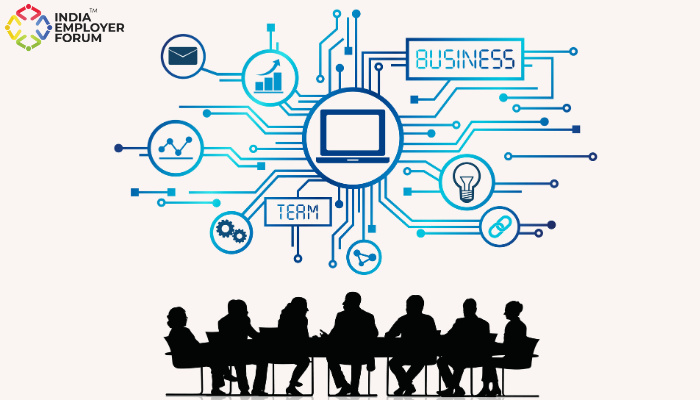In the dynamic landscape of India’s IT sector, the evolution of organizational structures is paramount to adaptability, sustainability, and continued growth. From traditional pyramid formations to more agile hourglass models, with aspirations to emulate the architectural elegance of the Eiffel Tower, this transformation reflects a strategic response to the ever-changing demands of the industry.
Past Challenges and Present Realities
Historically, India’s IT services industry flourished under pyramid-like hierarchies. However, the winds of change have brought forth unforeseen challenges. The proliferation of middle management roles, coupled with the stagnation of legacy skills and rigid promotion timelines, has stifled innovation and hindered organizational agility. The industry has come to realize that the old paradigms no longer suffice in the face of rapid technological advancements and shifting client expectations.
Navigating the New Terrain
In today’s fiercely competitive environment, talent acquisition has emerged as a critical battleground. With a multitude of IT service providers vying for top-tier talent, the need for a versatile and adaptable workforce has never been more pronounced. Clients are no longer content with mere maintenance; they seek partners capable of driving innovation and delivering value-added solutions. This necessitates a workforce equipped with diverse skill sets and the ability to swiftly adapt to evolving project requirements.
Implications for Organizational Dynamics
To remain relevant in this ever-changing landscape, IT enterprises must overhaul their traditional approaches to recruitment, training, and performance evaluation. The era of rigid hierarchies and linear career trajectories is giving way to a more fluid and dynamic paradigm. Enterprises must embrace flexible compensation structures, prioritize continuous upskilling and reskilling initiatives, and foster a culture of innovation and adaptability at all levels of the organization.
Embracing Innovative Structures
As organizations transition from pyramids to more flexible structures, they are exploring novel staffing models to better align with the demands of the modern era. Apprenticeships are being leveraged as a means to cultivate talent and bridge skill gaps, while fixed-term contracts offer flexibility and scalability in times of fluctuating demand. Additionally, the gig economy has opened up new avenues for tapping into specialized skills and expertise on a project-by-project basis, further enhancing organizational agility and competitiveness.
Charting the Path Forward
Despite the challenges and uncertainties that lie ahead, India’s IT sector remains poised for growth and expansion. Success in this rapidly evolving landscape hinges on the ability of organizations to adapt, innovate, and embrace change. As Joseph Schumpeter famously remarked, capitalism is akin to a perpetually occupied hotel, with guests constantly coming and going. The future belongs to those who can navigate this ever-changing terrain with agility, foresight, and resilience.
Conclusion
In conclusion, the evolution of organizational structures in India’s IT sector is not merely a matter of survival, but a strategic imperative for long-term success and sustainability. By embracing change, fostering a culture of innovation, and investing in talent development, IT enterprises can position themselves as leaders in the digital economy of tomorrow. As the industry continues to evolve, those who dare to innovate and adapt will emerge as the true pioneers of India’s IT revolution.
You might also be interested to read: Driving India’s Economic Future: 5 Essential Reforms for Job Creation and Growth






